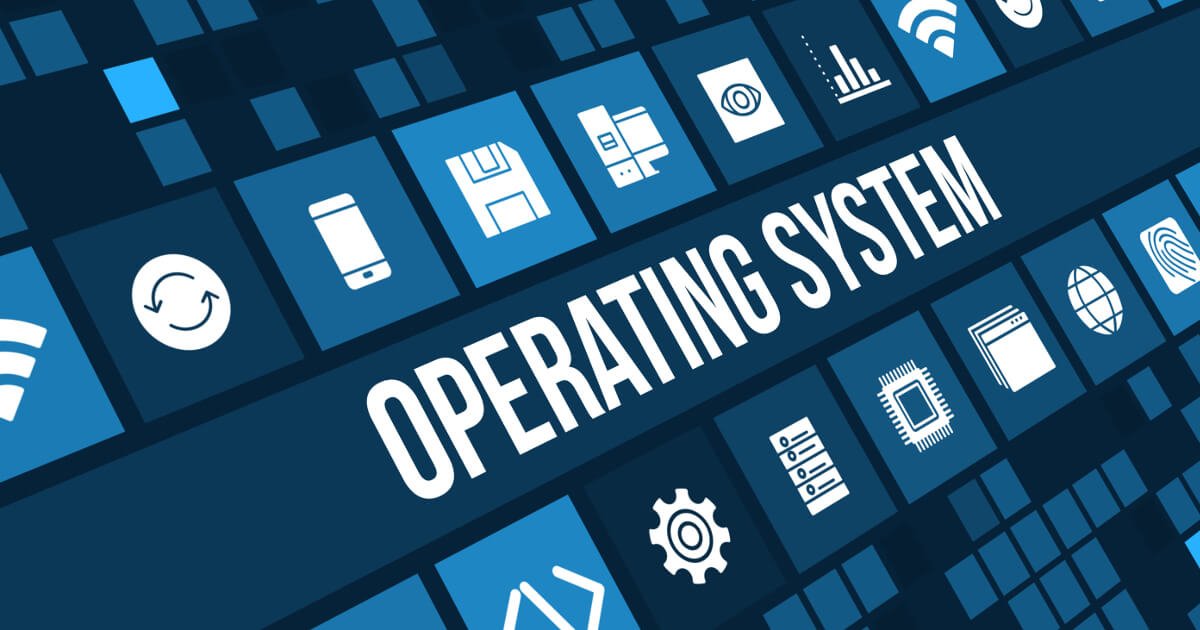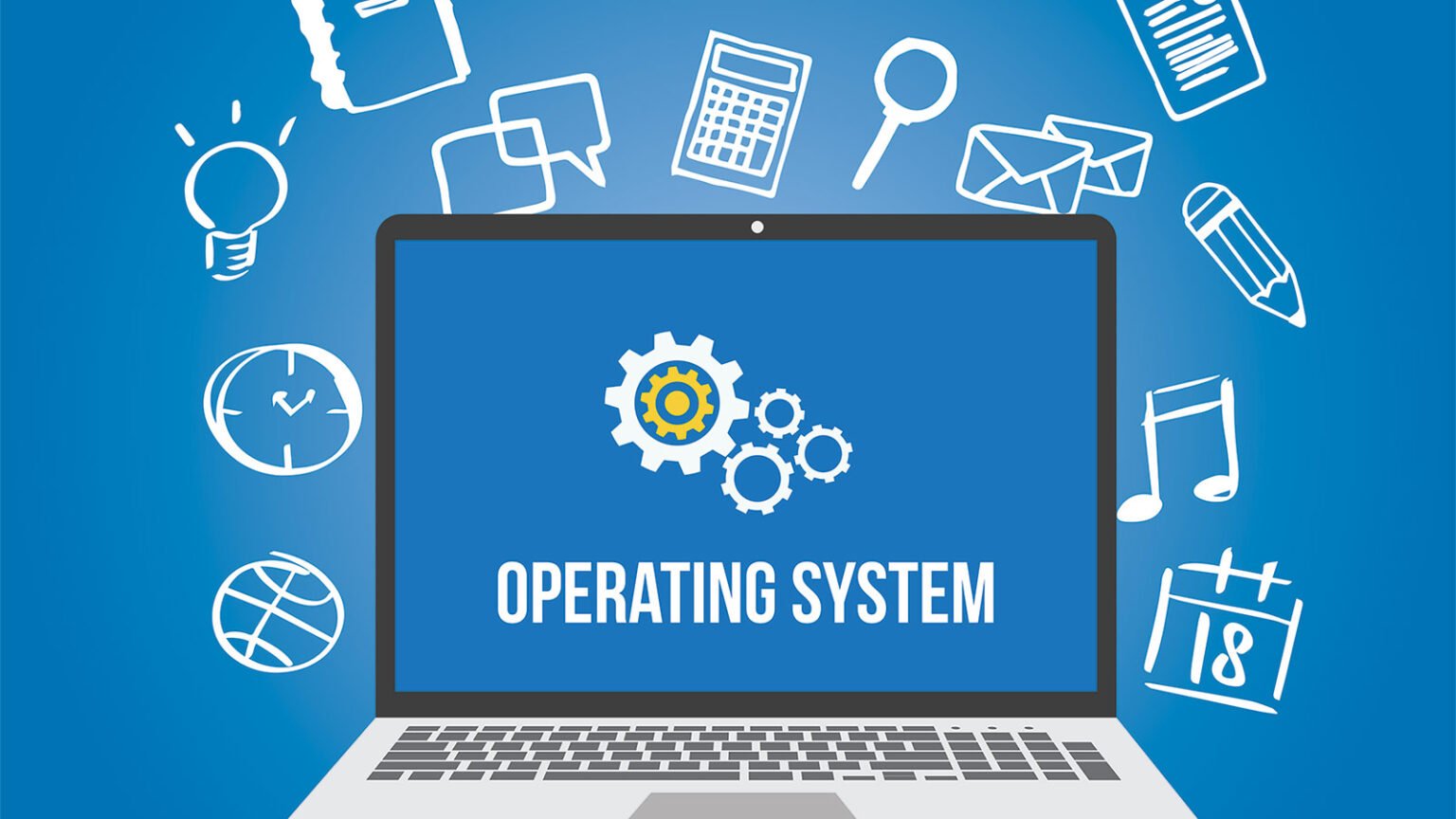Understanding Operating Systems: The Backbone of Modern Computing
When we think about using a computer, we often take for granted the complex systems working behind the scenes to make everything run smoothly. At the core of this functionality is the OS, a vital piece of software that ensures our devices operate efficiently. But what exactly is an operating systems, and why is it so crucial? Let’s dive into the world of OS, exploring its functions, types, and examples, all while keeping things simple and engaging.
What is an Operating System’s (OS)?
An OS is like the manager of a computer. Once your device boots up, the OS takes charge, handling everything from running applications to managing hardware. Imagine if every app had to manage its own interface and hardware interactions—it would be chaos! The OS provides a stable, consistent environment for all applications, allowing them to function seamlessly.
The Role of an Operating System’s in Your Computer
Without an operating systems, every software application would need to be its own self-sufficient entity. This means that each app would have to include a user interface and the necessary code to manage low-level functions like disk storage or network connectivity. Can you imagine how bloated and inefficient that would make your computer? The OS acts as an intermediary between the software and the hardware, ensuring that apps can communicate with the underlying system without needing to understand the technical details.
Why is the Operating System’s Important?
The operating systems simplifies the development and use of software. By providing a common platform, it allows developers to create applications that can run on different types of hardware without needing to worry about the specifics. This consistency is key to ensuring that your computer runs efficiently, no matter what applications you’re using.
How Operating Systems Manage Applications
One of the OS’s main jobs is managing applications. It handles everything from launching programs to managing the memory they use. Imagine your computer is a busy office, and the OS is the office manager. It allocates resources, handles interruptions, and ensures everything runs smoothly. Whether it’s making sure your video editor has enough memory to render a clip or managing multiple processes at once, the OS is always hard at work behind the scenes.
User Interfaces: CLI vs. GUI
Operating systems provide a way for users to interact with their computers through user interfaces (UIs). There are two primary types of UIs: command-line interface (CLI) and graphical user interface (GUI).
- Command-Line Interface (CLI): This is the text-based interface where users type commands to perform tasks. It’s like giving your computer a set of instructions in a language it understands. While it’s powerful, it can be intimidating for beginners.
- Graphical User Interface (GUI): This is the more familiar interface for most users. It’s based on visuals like icons and windows, making it easy to interact with your computer using a mouse or touchscreen. Double-clicking an icon to open a file is an example of using a GUI.
The Power of Application Management
Managing applications is one of the OS’s most crucial functions. When you run multiple programs simultaneously, the OS decides which ones get priority and how much processing power they receive. It also handles interruptions—like when an app crashes—ensuring that the rest of your system continues to run smoothly. The OS makes multitasking possible, allowing you to edit a document, listen to music, and browse the web all at the same time.

Device Management: The Unsung Hero of the OS
Another key role of the OS is managing hardware devices. Whether it’s your printer, USB ports, or graphics card, the OS ensures that these devices are correctly configured and ready to use. When you connect a new device, the OS installs the necessary drivers so that your applications can communicate with the hardware without needing to understand its intricacies. This seamless integration is what allows your computer to function as a cohesive unit.
Types of Operating Systems: A Closer Look
Not all operating systems are created equal. Different types are designed to meet the specific needs of various devices and users. Here’s a look at some of the most common types of operating systems:
- General-Purpose Operating Systems: These are the OSs you’re probably most familiar with. They’re designed to run a wide range of applications on various hardware. Examples include Windows, macOS, and Linux. These OSs focus on managing processes and hardware to ensure reliable performance across different tasks.
- Mobile Operating Systems: Mobile OSs, such as Apple iOS and Google Android, are optimized for smartphones and tablets. These devices have limited computing resources compared to PCs, so their OSs are designed to be efficient and responsive, ensuring smooth performance even with resource constraints.
- Embedded Operating Systems: Embedded OSs are found in dedicated devices like ATMs, POS terminals, and IoT gadgets. These systems are stripped down to be fast and reliable, focusing on performing a single function extremely well. They need to be resilient, often running on a chip within the device.
- Network Operating Systems (NOS): Although the concept of a dedicated NOS is becoming less common, some devices like routers and firewalls still use specialized OSs to manage network communication. Examples include Cisco IOS and RouterOS.
- Real-Time Operating Systems (RTOS): RTOSs are designed for environments where timing is critical, such as industrial control systems or medical devices. These systems must process data and respond to inputs within strict time constraints, ensuring predictable performance in real-world conditions.
General-Purpose Operating Systems: Your Everyday OS
General-purpose operating systems are the workhorses of the computing world. They’re versatile, capable of running various applications on different types of hardware. Whether you’re working on a spreadsheet, browsing the web, or playing a video game, a general-purpose OS like Windows or macOS ensures that your computer can handle the task. These OSs are design to manage multiple processes and allocate resources effectively, providing a smooth and reliable user experience.
Mobile Operating Systems: Power in Your Pocket
Mobile operating systems are tailored to the unique needs of smartphones and tablets. These devices have different requirements than desktop computers, such as the need to conserve battery life and handle touch inputs. Mobile OSs like iOS and Android are optimize for these tasks, ensuring that your phone is responsive and efficient, even when running multiple apps at once.
Embedded Operating Systems: Dedicated and Reliable
Embedded OSs are the unsung heroes of many devices we rely on daily. From the ATM at your bank to the smart thermostat in your home, these systems are designed to perform a single function reliably and efficiently. Unlike general-purpose OSs, embedded OSs are often store on a chip within the device, ensuring quick startup times and minimal risk of failure.
Network Operating Systems: The Backbone of Communication
Network operating systems are specialize OSs design to manage network communication. While most modern OSs include networking capabilities, certain devices like routers and switches still use dedicated NOSs to handle complex network tasks. These systems are crucial for ensuring that data flows smoothly across networks, enabling everything from web browsing to online gaming.
Real-Time Operating Systems: When Every Millisecond Counts
In certain environments, timing is everything. Real-time operating systems (RTOS) are designed to process data and respond to inputs within strict time constraints, making them ideal for applications where delays are unacceptable. Whether it’s controlling an assembly line in a factory or managing the operations of a power plant, an RTOS ensures that critical tasks are perform reliably and predictably.
The Future of Operating Systems: What’s Next?
Operating systems continue to evolve as technology advances. From the rise of cloud computing to the increasing importance of cybersecurity, the demands placed on OSs are constantly changing. As we move forward, we can expect operating systems to become even more efficient, secure, and adaptable, ensuring that our devices can keep up with the ever-changing digital landscape.
Read More: Sheetal Devi’s Remarkable Journey at the Paris Paralympics: A Rising Star in Para
Conclusion: The Unsung Hero of Computing
Operating systems are the unsung heroes of the computing world. They manage everything from application execution to hardware management, ensuring that your devices run smoothly and efficiently. Whether you’re using a general-purpose OS on your desktop, a mobile OS on your smartphone, or an embedded OS in your smart home devices, the operating systems is what makes it all possible.







